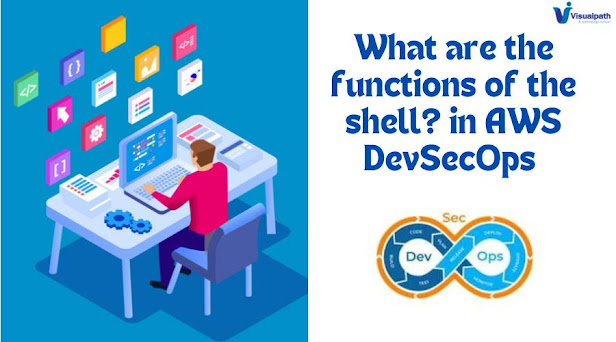What are the types of shells in Linux?
In the world of Linux, the shell is a crucial component that serves as an interface between the user and the kernel. It allows users to execute commands, run scripts, and manage the system. There are several types of shells in Linux, each with unique features and use cases. Here are some of the most common types:
1. Bash (Bourne Again Shell)
Bash is the most widely used shell in Linux
distributions. It is an enhanced version of the original Bourne Shell (sh) and
includes features from the Korn Shell (ksh) and the C Shell (csh). Bash is
known for its ease of use, extensive scripting capabilities, and compatibility
with Bourne Shell scripts. Features like command completion, command history,
and scripting functions make it a powerful tool for both beginners and advanced
users. DevSecOps Training in Hyderabad
2. Zsh (Z Shell)
Zsh is another popular shell that extends the
functionality of Bash. It includes features like improved auto-completion,
spelling correction, and themeable prompts. Zsh is highly customizable and
supports a wide array of plugins, making it a favorite among power users who
prefer a personalized and efficient working environment. Oh-My-Zsh, a
community-driven framework for managing Zsh configurations, enhances its appeal
further. DevSecOps Course in Hyderabad
3. Ksh (Korn Shell)
Developed by David Korn in the early 1980s, the Korn
Shell (ksh) combines features of the Bourne Shell and the C Shell. Ksh offers
robust scripting capabilities, including associative arrays and floating-point
arithmetic, which are not available in Bash. While it is not as commonly used
as Bash, it remains popular in certain enterprise environments due to its
performance and scripting power. AWS DevSecOps
Training
4. Tcsh (TENEX C Shell)
Tcsh is an enhanced version of the original C Shell
(csh). It adds features like command-line editing, programmable word
completion, and spell checking. Tcsh is particularly favored in academic and
research environments where users appreciate its scripting syntax, which is
reminiscent of the C programming language. DevSecOps
Training Online
5. Fish (Friendly Interactive
Shell)
Fish is designed to be
user-friendly and interactive. It provides features such as syntax
highlighting, tab completion, and an intuitive scripting syntax. Unlike other
shells, Fish does not aim for POSIX compliance, which can be a limitation for
some users but an advantage for those who prioritize ease of use and modern
features.
DevSecOps
Training in Ameerpet
Conclusion
Choosing the right shell
depends on the user’s needs and preferences. Bash remains the default for most
Linux distributions, but alternatives like Zsh, Ksh, Tcsh, and Fish offer
compelling features that cater to various user requirements. Each shell has its
unique strengths, making the Linux environment flexible and adaptable to
different workflows.
Visualpath is the Best Software Online Training Institute in
Hyderabad. Avail complete AWS DevSecOps Online Training worldwide.
You will get the best course at an affordable cost.
Attend
Free Demo
Call on - +91-9989971070.
Visit Blog: https://visualpathblogs.com/
WhatsApp: https://www.whatsapp.com/catalog/919989971070
Visit: https://visualpath.in/aws-devsecops-online-training.html




Comments
Post a Comment